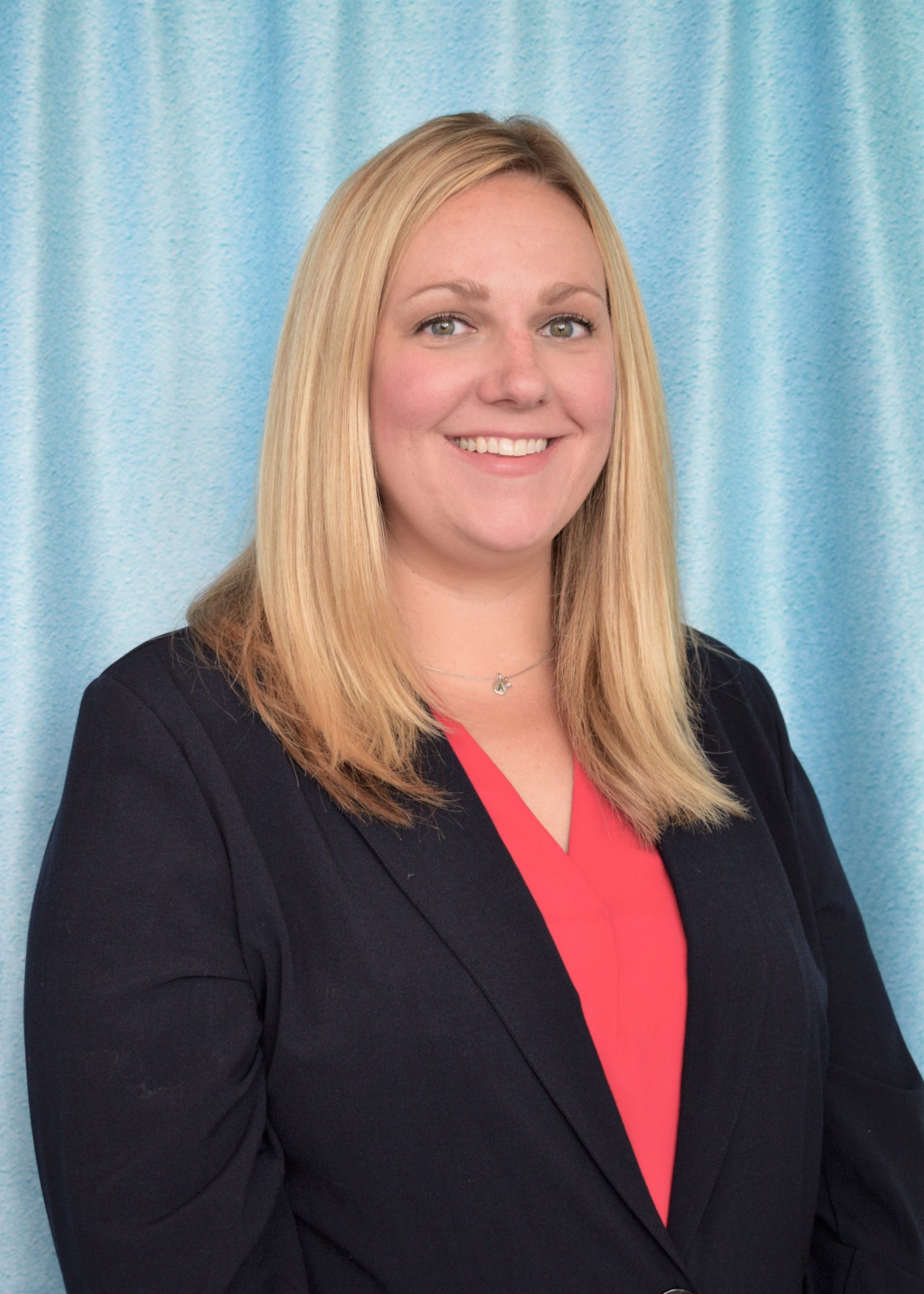
Guiding Your Leaders to Create a Constructive Culture
Sponsored Content from Human Synergistics International
March 27, 2020
Leadership

Sponsored content from Human Synergistics International

While being a leader is a role one attains within an organization, how to lead and carry out that role is a choice that leaders make every day. These choices have critical effects on the organization’s culture and members’ ability to perform. How leaders work independently and together can help inspire the best in our teams, allow them to be true role models for other members of the organization, and shape the culture in a more positive and constructive way.
Sometimes, though, that is easier said than done.
Leadership is a key component of organizational development and therefore, in many cases, leadership teams are being developed as part of more strategic organizational or cultural initiatives.
As part of their leadership journey, leaders should recognize that their team is something they are a part of in addition to the departments or units they oversee. It is essential for leaders to focus not only on their own development, but also to look at how they can be more effective within the entire organization. Because this can be a common pitfall – especially for new leaders – focusing on the development of the leadership team is crucial. Measuring how the members of a leadership team impact one another as peers, how they influence other stakeholders and how they affect the performance of the organization is key to making a work environment more supportive and successful.
It is also critical to measure the influence that the leadership team has on the culture of an organization in order to allow for a larger assessment of the group’s overall effectiveness. Feedback from these types of assessments typically inspires leaders to serve as better role models for their direct reports and peers, communicate more effectively, and work more efficiently as a team.
Human Synergistics recently worked with Inclusa, an organization based in Wisconsin that was struggling to unite its leadership teams and differing organizational cultures after a series of mergers. Their story is like that of hundreds of other organizations that are taking the necessary steps to make positive changes to culture so they can realize better results both internally, through employee satisfaction or performance metrics, and externally, through customer experiences.
Founded on January 1, 2017, Inclusa is a not-for-profit organization delivering a person-centered and community-focused approach to long-term care. The organization is the product of a recent merger between three Wisconsin-based organizations that were in business collectively for almost 20 years. Supporting over 1,100 employees across the state, the company was experiencing some challenges after the merger, as a result of different cultures and environments.
“I joined our organization right after the merger process had been initiated. At that time, we were challenged with bringing three organizations together, which included 1000+ colleagues who were accustomed to different workplace cultures and varying sets of business practices. We were officially one organization in name, yet needed to bridge the gaps that existed everywhere else, especially the culture gap,” says Michelle Fellenz, Chief Talent Learning & Culture Officer.
Michelle, along with the leadership team at Inclusa decided cultural management was one of the core issues that would need to be addressed early on for the organization to come together and align on other key business issues. The team had collected feedback using various qualitative methods in the past, but they knew they would need to dive deeper in order to understand what was going well in the organization and where opportunities existed for development.
CEO Mark Hilliker, Chief Member Experience Officer Kris Kubnick, Michelle, in addition to the rest of the Inclusa leadership team, were all introduced to Human Synergistics at the Regional Cultural Conference in 2018. It’s here where, as a group, they participated in the Culture Journey Experience and immediately felt a need to connect.
“The conference really provided two things for our leadership team. First just starting to understand a little bit more around what culture really is. I think we talk a lot about culture…we know what organizational development is, but it tends to leave the room when you start talking strategy. So, it was good for our leadership team to digest what the word culture really means. It also created alignment. It helped everyone get onboard and recognize that there needs to be an investment at the senior leadership level in order to make any change move across the organization,” says Kubnick.
Mark, Michelle, and Kris all saw an opportunity to take the idea of culture and make it more tangible for the company. “With 12 years of experience and the assessment tools that provided quantitative data showing where we are, where we want to go, and how we need to get there – Inclusa’s culture journey seemed attainable. There was also alignment in both our organizational values and Human Synergistics’. And I think ultimately that really got us excited to partner with them on our journey,” Kubnick explains.
Read the full case study on the Human Synergistics blog.
